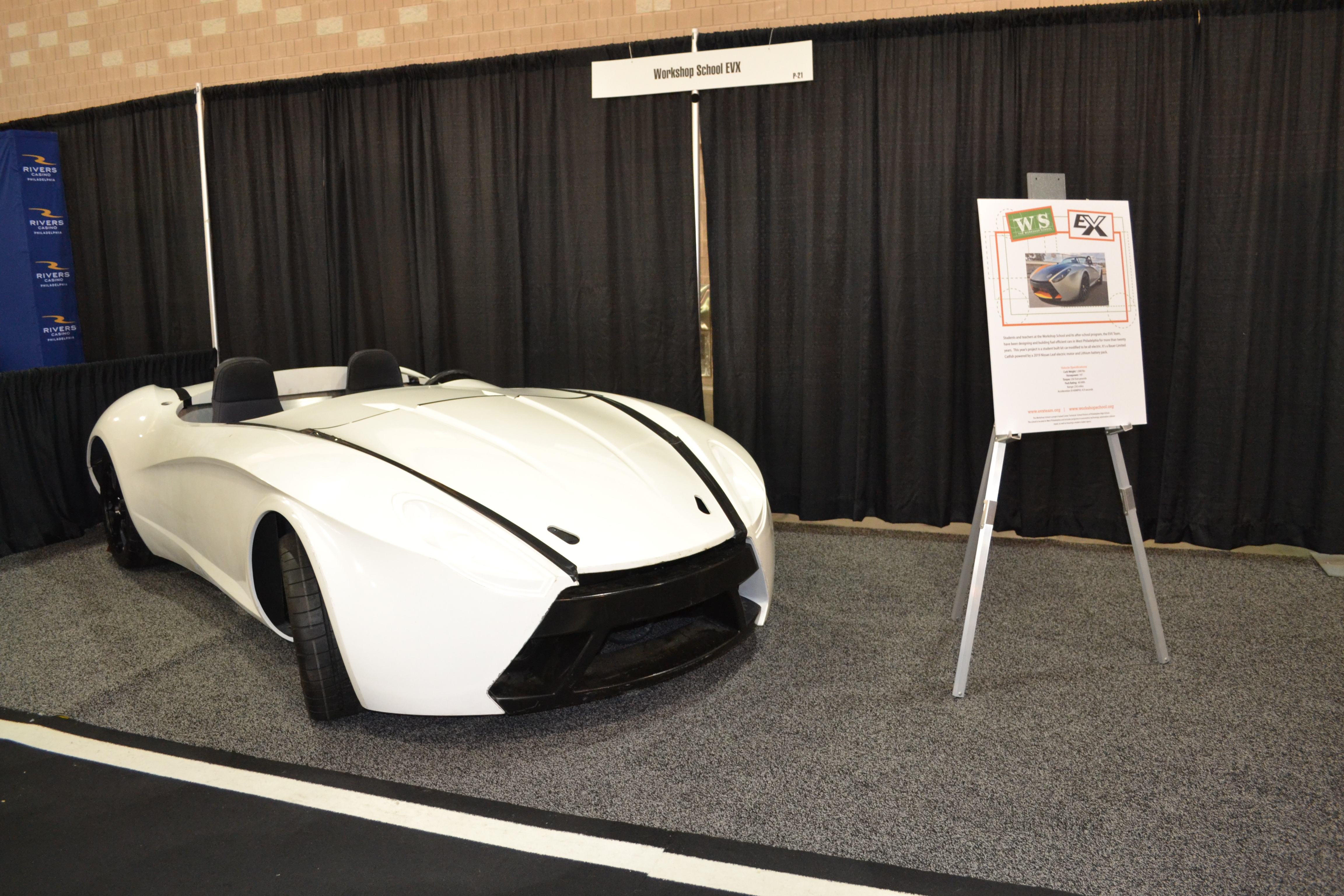HEVs and EVs still seeking best solution for HVAC
By Keith Leonard
Another summer season has gone by while being unavailable for many activities usually enjoyed by almost all of us. The cover is back on my pool. While leaves are falling, two trees have decided to also fall in my yard: thankfully missing my house. So, there will be abundant firewood available for the fall and winter. Despite the changing season toward colder weather (at least in the northern hemisphere of our world), some parts of the United States were still experiencing heat waves. No, this will not be an article on climate change, pro or con, at least not directly.
While the top five vehicles sold in the United States in the first half of this COVID-19 year were not exactly very fuel efficient vehicles, electric and hybrid vehicles have not disappeared from this country. Per my last column, as of July 1st, Tesla was the most valuable car company in the world.
Hybrid electric vehicles (HEVs) and electric vehicles (EVs) are more fuel efficient and do not directly consume as much of our fossil fuels as gas and diesel fueled vehicles. However, I suspect that drivers of HEVs and EVs do not use 360 air conditioning (lowering 3 of their windows and going 60 miles per hour) in the face of ninety degree (Fahrenheit) weather. Nor do I believe that drivers of such vehicles are somehow miraculously able to avoid traffic jams and traffic signals requiring them to otherwise stop – if they did, I am pretty sure that many more people would be buying those vehicles.
So, the engines in HEVs and EVs will still be idling during almost every use of the vehicles. And drivers of those vehicle will need their vehicles to idle to meet their heating as well as cooling needs. Of course, idling decreases fuel economy and increases engine wear and emissions. At least as far back as 2004, research was being done to come up with alternative strategies for air conditioning the HEV during such stop times. The conclusion at that time was that “that operating an open compressor by running engine at optimal speed is the most efficient strategy for cooling and heating a stopped vehicle, just as it is while driving. But limited battery size and high noise levels may prevent the use of this strategy.” Air Conditioning Hybrid Electric Vehicles while Stopped in Traffic – T. Malik and C.W. Bullard.
Further research in 2007 disclosed that carmakers were working with different ways to make the air conditioning system in a car work, while allowing the engines in HEVs to shut off while idling. However, the gas engine was not turning on until the driver accelerated, and given that conventional gas engines were then running the air conditioning compressor using a belt system, it was a pretty big thing to figure out how to make the air conditioning work while the vehicle was idling. Not surprisingly, different carmakers came up with different solutions. For example, GM and Ford implemented dual A/C compressors that were powered by the gas or the electric engine.
Moving forward again to 2011, electronic A/C systems were being introduced into HEVs. Again, carmakers were devising ways to power the compressor so that the heating, ventilation, and air conditioning (HVAC) system in a HEV would operate when the car was stopped. In the Toyota Prius, the heating part of the system was backed up by an electric heater. Of course, the power used for heating and air conditioning was coming from the car’s high-voltage battery system which had a negative effect on its fuel economy.
Articles in 2015 included ways to make your HEV or EV more (read, fuel) efficient. Among the suggestions were to use the economy mode in the vehicle and to keep the battery charged to the manufacturer’s recommended level. When it came to suggestions relative to the HVAC system, the author suggested “rolling” down the windows to cool the car (back to 360 air conditioning) while acknowledging that using air conditioning while highway driving may actually reduce drag (i.e., be more fuel efficient). The author therefore suggested cooling the car down before unplugging it.
The foregoing illustrates the fact that necessity may truly be the mother of invention. Safe driving everyone as we hopefully get rid of this pandemic very soon and get a chance to visit family and friends again.


Leave a Reply